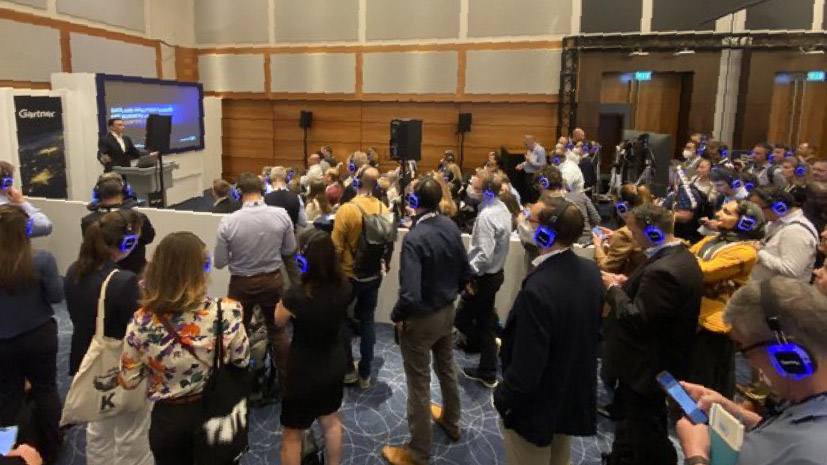I was at the Gartner Data & Analytics conference in London a couple of weeks ago and I’d like to share some thoughts on what I think was interesting, and what I think I learned…
First, data is by default, and by definition, a liability, because it costs money and has risks associated with it. To turn data into an asset, you actually have to do something with it and drive the business.
And the best way to do that is to embed data, analytics, and decisions into business workflows. That can be as simply as just making sure that you provide the information people need for a decision just before they make it.
But Gartner is calling for something more sophisticated — for example, what they call Decision Intelligence, where you go beyond just providing information, and actually help reengineer and optimize decision processes. They say you need data artists that create great questions to complement the data scientists that find great answers.
And then there are Composable Applications, made up of flexible, reusable modules that help people through a series of steps towards a business outcome, including data, decisions, and actions.
And much more of all this is going to be done by the business people themselves, using the latest low code / no code technologies — Business Technologists as Gartner calls them, or Citizen Composers. This holds out the promise of unleashing more business innovation — letting business people do more of it themselves, in their area of expertise, without IT and technology being a bottleneck.
But, of course, it could also mean chaos, so data literacy is important — making sure that there’s a culture of data, and working to ensure that people are asking better questions, not just getting better answers. And it all needs Governance, which—done right—isn’t about control, but about enablement, the processes around how things should get done.
And there’s been a big change in technology that is supporting all this. For the longest time, in order to do any analytics, we had to take the data to the technology — rip it out of the business applications and move it to a data warehouse or a data lake, or a data lakehouse. The problem is that it’s like ripping a tree out of the forest and trying to get it to grow elsewhere. It’s possible, but it’s a lot of hard work. You lose all the business context, and have to recreate it from scratch, and that can make up 80% of the effort.
But now, thanks to the cloud and in-memory, we can bring the technology to the data. With a decentralized data fabric or data mesh approach, we leave the data as much as possible where it is, and bring it together as and when needed.
This means we don’t lose all the context, and it becomes much easier to include it into business workflows. And it’s not just about analytics — I’m seeing data teams embracing technologies like process automation and workflow and chatbots and basic application development, in order to create end-to-end business workflows. And all those functionalities are now available as services in the cloud, so everything is just a click away.
Overall, data and analytics is coming back to where it always should have been, and that’s at the heart of business processes. And that’s great news for companies like SAP, because we’ve been doing intelligent business processes for a long, long time, and we have steadily increased the intelligence and the flexibility as technology has progressed.
In fact, the examples that Gartner gave of more business-centric decision intelligence and composable applications, such as more intelligent product returns, are being done by customers right now using SAP Business Technology Platform.
And you don’t have to take my word for it — many of them are featured on the sap.com/btp site, or in the latest crop of SAP Innovation Awards, and you can see all the details of those projects, including the business problems, the benefits, the architecture choices, and the technologies used, at sap.com/innovationawards.
In conclusion: analytics means business! Come talk to us about how to run your business better!
